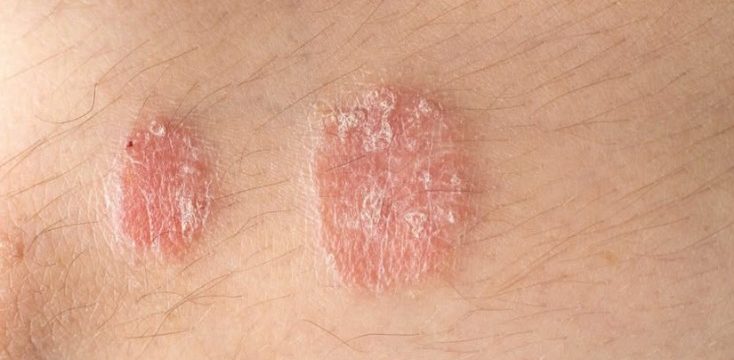Aging is a natural part of life, bringing wisdom, cherished memories, and experiences worth celebrating. However, it also comes with physical changes that aren’t always discussed openly. One of these changes is a distinct body odor often referred to as “old person smell.” While the term might not be the most respectful, science confirms that this phenomenon is real, and it has a biological explanation.

You’ve probably encountered this scent in a grandparent’s home, a nursing facility, or even while standing next to an older person in line at the grocery store. It’s a musty, slightly greasy odor that seems to linger, even when everything appears clean. Despite what many might assume, this smell isn’t necessarily linked to poor hygiene. Instead, it’s caused by a compound called 2-nonenal, which is naturally produced by the body as we age.
As we grow older, hormonal changes cause our skin to produce more fatty acids. At the same time, our body’s natural antioxidant levels begin to decline. Antioxidants are responsible for preventing these fatty acids from breaking down, but with fewer antioxidants in the body, the fatty acids oxidize, producing 2-nonenal. This compound is released through the pores and tends to linger on the chest, back, and clothing.
What makes 2-nonenal particularly stubborn is that it’s water-resistant. Even after regular bathing, it can remain on the skin and cling to fabrics, making it difficult to eliminate completely. Additionally, factors such as poor ventilation, dirty laundry, dehydration, illness, and certain medications can amplify the odor, making it more noticeable.
@madamesweat Is “Old People Smell” a real phenomenon? #oldpeoplesmell #oldpeople #senior #seniors #smell #elder #elderly #nonenal #science #skin #bodyodor #microbiome #age #aging #old #nose #scent #fragrance #hygiene ♬ Chopin Nocturne No. 2 Piano Mono – moshimo sound design
A study published in the Journal of Investigative Dermatology in 2001 revealed that older adults have higher concentrations of 2-nonenal on their skin and clothing. A follow-up study in 2012 suggested that humans might have a subconscious ability to recognize this scent, similar to how animals use smell to detect age and health status. This evolutionary trait might explain why the odor is often immediately recognizable.
In Japan, this phenomenon has been acknowledged and even given a specific name: kareishu. Recognizing the cultural significance of this scent, Japanese companies have developed products specifically aimed at neutralizing 2-nonenal. These include body washes, deodorants, and even laundry detergents formulated with persimmon extract—a natural ingredient believed to effectively break down and eliminate the compound.
While specialized products can help, there are also practical steps anyone can take to minimize this odor naturally. Regular physical exercise is one of the most effective strategies. Exercise helps balance hormone levels, boosts metabolism, and reduces stress, all of which can contribute to lower production of fatty acids in the skin.
Proper clothing hygiene is equally important. Since 2-nonenal clings stubbornly to fabrics, washing clothes regularly is essential. Air-drying clothes in direct sunlight can also help eliminate lingering odors. For frequently worn garments, more frequent washing may be necessary.
Diet also plays a crucial role. Consuming foods rich in antioxidants, such as berries, leafy greens, nuts, and seeds, can help counteract the oxidation of fatty acids on the skin. Staying hydrated is equally important. Dehydration not only causes dry skin but can also intensify body odors, including those caused by 2-nonenal.
Another simple yet effective solution is improving ventilation in living spaces. Confined areas with poor airflow can trap and amplify odors. Opening windows, using air purifiers, and ensuring fresh air circulates through rooms regularly can make a significant difference.
While hygiene practices like daily showers and the use of antibacterial soaps are helpful, it’s important to recognize that 2-nonenal isn’t entirely preventable. Even the most thorough hygiene routine won’t completely eliminate it because the compound originates from natural bodily processes. However, maintaining good hygiene can certainly minimize its intensity.
For older adults or caregivers, it’s essential to approach this topic with sensitivity. The presence of “old person smell” isn’t a reflection of poor personal care or neglect—it’s simply a natural byproduct of aging. By understanding the biological cause behind it, we can reduce the stigma and approach it with compassion rather than judgment.
Medications and medical conditions can also play a role in amplifying the smell. Certain prescriptions may alter the body’s chemistry, and health issues like diabetes, kidney problems, or liver conditions can produce distinct odors of their own. If the smell becomes unusually strong or changes suddenly, it’s worth consulting a healthcare professional to rule out any underlying health concerns.
At its core, aging is a privilege—one that comes with its own set of challenges and changes. The odor caused by 2-nonenal is just one small part of that journey, and it’s entirely manageable with the right approach.
So, does this familiar scent bother you? Were you aware that it has a scientific explanation? And what do you think about specialized products designed to neutralize 2-nonenal?
The reality is that while “old person smell” might never be entirely preventable, it can be minimized through regular exercise, a balanced diet, proper clothing care, good hydration, and improved air circulation. More importantly, we must remember that aging is a natural and beautiful part of life. Showing our elders patience, kindness, and understanding will always remain timeless—regardless of any scent associated with it.





